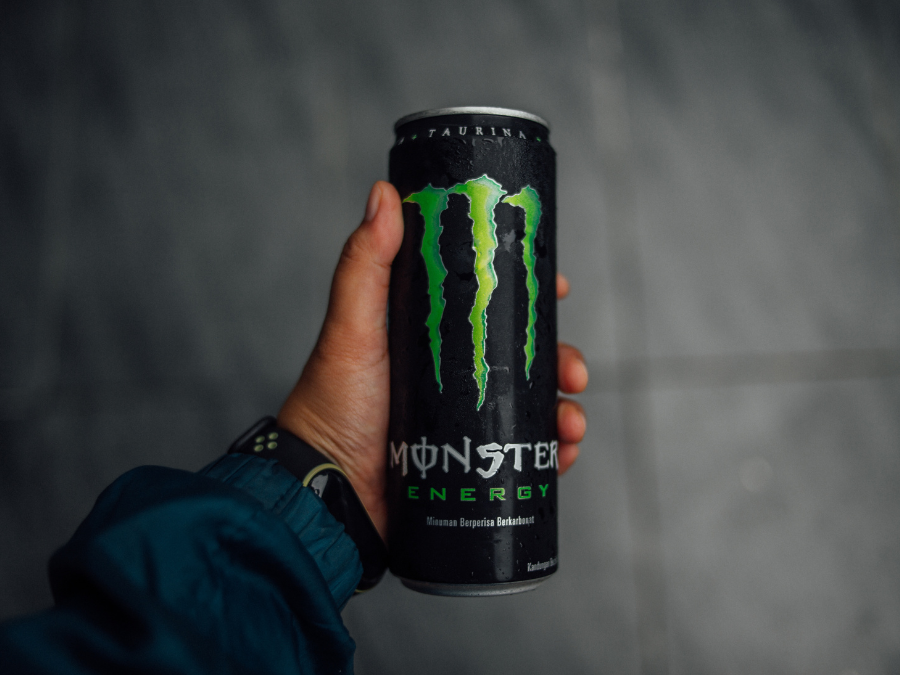
Monster Beverage Corp is to release its first alcoholic flavoured malt beverage (FMB) under the Monster brand – as well as a sugar-free version of its flagship namesake energy drink – in the US later this year.
The new products will launch in Q4 this year, and form part of a “robust and exciting” innovation pipeline for the group, according to CEO Rodney Sacks. Monster had previously described itself as “vehemently opposed” to the extending a CSD brand into alcohol.
Monster’s FMB debut – ‘The Beast Unleashed’ – will contain 6% ABV and initially be available in four flavours via beer distributors in the US, the Canarchy owner announced on Thursday (4 August). The group hopes to have national distribution for the line in the US by the end of 2023.
“Beast Unleashed will leverage Monster’s brand equity, while carving out its own unique space in the beverage alcohol sector,” Sacks said. “It will be distinguishable from the many hard seltzer brands that have become so ubiquitous over the last several years.”
The Beast Unleashed will be Monster’s first alcohol-based product line since the US$330m acquisition of US craft brewer and seltzer producer Canarchy in January of this year. It will also be the first time Monster has leveraged its namesake brand in the alcohol space, and Sacks teased the possibility of further launches in the future.
“Our alcohol innovation pipeline is robust, with a number of additional innovative product lines currently under development,” he said. “We look forward to sharing such additional alcohol beverage products at a later date.”

US Tariffs are shifting - will you react or anticipate?
Don’t let policy changes catch you off guard. Stay proactive with real-time data and expert analysis.
By GlobalDataMonster looks to zero-sugar
Monster Energy Zero Sugar, meanwhile, is being added to the group’s roster as part of a bid to retain older consumers that wish to reduce their sugar consumption, Sacks explained.
“I think we have hedged zero-sugar products [in the past],” he said. “We have the full Ultra line. We have Lo-Carb and Absolutely Zero, but none of them have been really an analogue of our original Monster Green. The original Monster Green flavour… is still our leading product pretty much in every market in the world.”
“Consumers do want a choice and, as they get a little older, they do start looking to zero sugar or sugar-free alternatives, but we would obviously like [them] to stay in the same franchise with the same product… we feel there is a way to, increase the franchise to bring additional consumers who really want that original Monster flavour, but… also to retain and broaden our existing consumer base.”
“There are also many countries around the world that have started to tax products with sugar and introduce new label requirements. We think that by offering our original green Monster in a sugar-free version with a very similar can… we will further entrench our consumer base and expand it for many years to come.”
The group made the announcements alongside reporting its second-quarter financial results for 2022, in which revenues were up 13.2%, to $1.66bn.
The company’s ‘Monster Energy Drinks’ segment – which includes brands such as Reign Total Body Fuel and True North Pure Energy Seltzer increased 12.5% to $1.54bn. Its ‘Strategic Brands’ segment, which primarily includes the various energy drink brands acquired from The Coca-Cola Company, as well as “affordable” energy brands, decreased 9% to $79.1m.
Net sales for Monster’s ‘Alcohol Brands’ segment – comprised of the craft beers and hard seltzers purchased as part of the Canarchy transaction – were $32.4m.
Second-quarter earnings stood at $273.4m, falling short of Wall Street expectations by $0.17 per share.
Beer helped fuel the rise of RTDs. How can it strike back?


